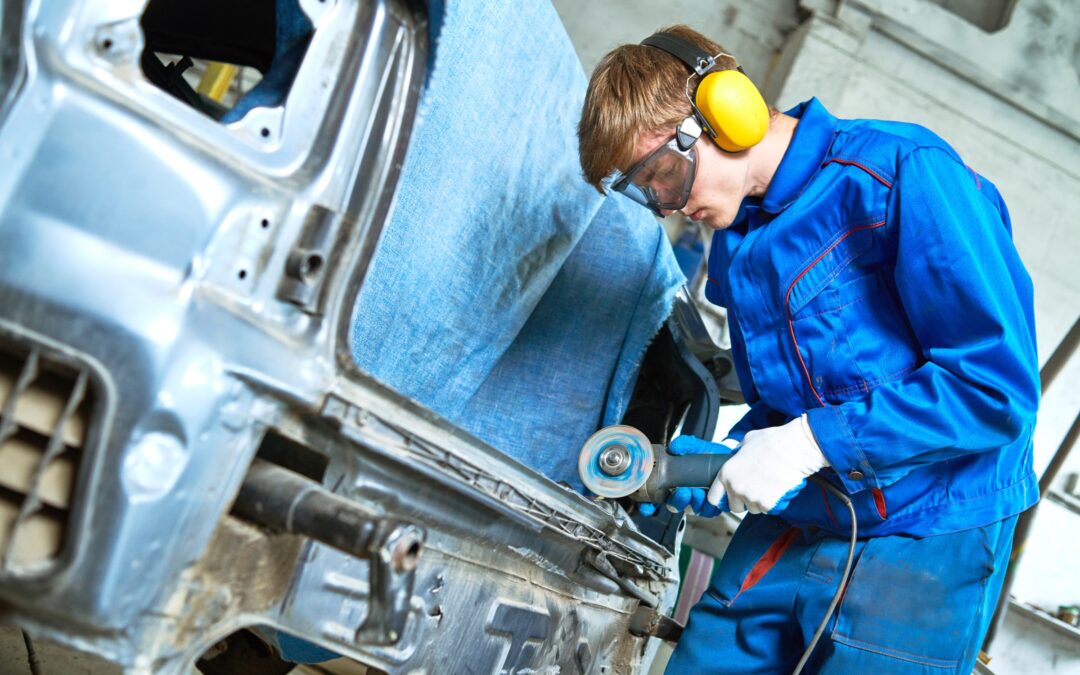Pneumatic tools are used for various tasks, such as sanding, grinding, cutting, and drilling. While these tools are efficient and powerful, they can pose significant dangers. Users must recognize these risks and follow safety guidelines to prevent accidents and injuries.
Discussion Point:
- Dangers and Risks,
- Training,
- Personal Protective Equipment and
- Safety Tips for Handling Pneumatic Tools.
Discussion:
Pneumatic tools, powered by compressed air, offer power, precision, and speed advantages. It is essential to use the appropriate air compressors that power them to ensure worker safety. All employees authorized to use pneumatic tools must receive training in safe operation, understand the hazards associated with compressed air, and be familiar with proper personal protective equipment (PPE). Additionally, they should know how to conduct inspections, perform maintenance, use the tools correctly, and store them appropriately. All employees working with pneumatic tools should understand the potential hazards and the relevant safety protocols.
Safety Tips for Handling Pneumatic Tools:
- Always wear proper PPE, including rubber or leather gloves, safety glasses or goggles, dust mask, face shield, safety helmet, hearing protection, steel-toed boots, and leather or PVC apron.
- Post warning signs in areas where pneumatic tools are used. Set up screens or shields to protect nearby workers from flying fragments, chips, dust, and excessive noise.
- Keep the tools away from moisture, extreme temperatures, and sharp objects.
- Before each use, inspect tools for signs of wear or damage. Remove damaged tools from service and label them as “Do Not Use.”
- Keep the tools clean and well-lubricated to ensure smooth operation and avoid overheating.
- Use the recommended air pressure for each specific tool. Always consult the manufacturer’s guidelines for proper settings.
- Ensure that hoses and fittings are securely connected before using any pneumatic tool. Only use recommended fittings.
- Do not modify or alter pneumatic tools in any way, as this can lead to dangerous malfunctions and increase the risk of accidents.
- Do not activate the throttle when connecting the tool to the air supply.
- Maintain a firm grip on the tool, ensuring that your hands are not near any moving parts.
- Never set a tool down while it is in motion.
- Fully depressurize the air supply when the tool is idle or when changing accessories.
- Store pneumatic tools in a safe and secure location. Do not leave the tools unattended.
- Never direct high-pressure air at yourself or anyone else. Do not use compressed air to clean any part of the body or clothing.
By following these safety tips, employees can reduce the risks associated with pneumatic tools and create a safer working environment. Safety must always be the top priority when using any tool or equipment.
As Always, stay safe out there!


Recent Comments